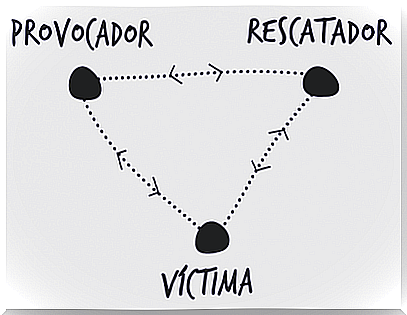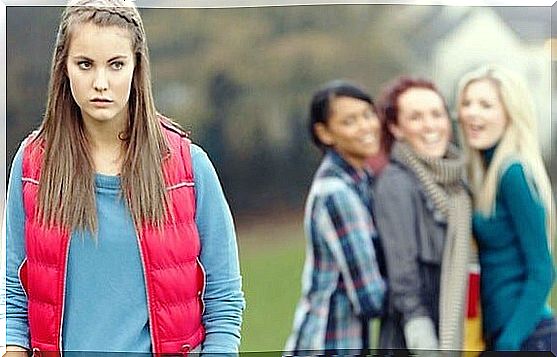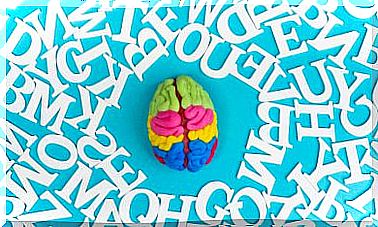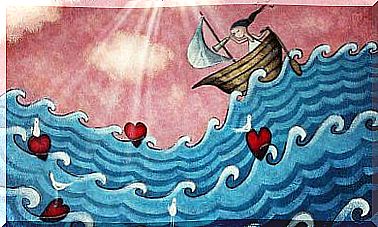Karpman’s Drama Triangle And Human Relations

Karpman’s drama triangle, also called Karpman’s dramatic triangle, is a model of interpretation that emerged in the framework of a psychotherapy called Transactional Analysis . This model presents a schematic of destructive human interactions, which take place when two or more people are in conflict.
This model was first described in 1968 and designed by Stephen Karpman. He initially brought it up in an article called Fairy Tales and Script Analysis on Drama . This theorist visualized three basic roles in these stories and that is how Karpman’s Drama Triangle was born .
Today Karpman’s drama triangle has a primarily therapeutic application. It is a very functional scheme to which psychotherapy patients are often very receptive. This facilitates awareness and commitment to change.
Karpman’s drama triangle
In Karpman’s drama triangle, there are three basic roles . These are assumed by the “inner self” in conflict situations, or when neurotic links prevail. Such roles give rise, in turn, to “communicational transactions” or miscommunication. Such transactions are called “mind games.”

The three roles that make up Karpman’s drama triangle are :
- Persecutor or accuser. It is up to those who feel they have the right or the ability to judge others. They calibrate them, measure them, and often assign their conception of justice to the absolute. They generally suffer from a common illness: constant bad mood.
- Victim. It corresponds to those who adopt an attitude of fear and passivity in front of what surrounds them. You feel that others treat you badly and that you do not deserve it, but you do not do anything to get out of this situation either.
- Salvador. He is the one who behaves as the one who should help others, even if they do not ask. His thing is to make himself necessary for others and foster dependency. Usually it does not solve its own problems.
For Karpman’s drama triangle to conform, all three roles must be present. However, there is usually an exchange of roles in those who establish this type of links.
The dynamics and role changes
As already noted, the links that are generated within Karpman’s drama triangle give rise to a form of communication in which the so-called “psychological games” prevail. These are false communicative exchanges that are intended to install one of the dramatic roles or eliminate it.

Role changes often emerge from these psychological games. The usual thing is that the savior, tired of “defending” the victim, at some point becomes a persecutor of the same. Likewise, it is possible that the victim feels, at a certain moment, that he has the right to become a persecutor of his perpetrator or his savior.
The persecutor, for his part, often becomes a savior after an act of contrition. Those caught in the Karpman drama triangle are not feeling well and are trying to change the situation. However, all they get is to change roles. In the end, the basic scheme of relationships remains intact.
Evolution in roles
One of the most difficult aspects is that those who are involved in the Karpman drama triangle fail to see themselves as irrational victims, persecutors or saviors. They believe that their role is perfectly logical and obeys compelling reasons. They see only part of the situation. The victim only sees that he is being mistreated. The pursuer only picks up on the mistakes and failures of others.
And the savior will hide behind supposed good intentions. What each of them needs is to develop some competence and / or skill. The pursuer would have to strive to be more assertive. That is, recognizing your own needs and desires, refusing to satisfy wants and needs other than your own, and renouncing punishing others.

The victim, for his part, would have to work more on his autonomy. Not only seeing the damage that others do to you, but also critically evaluating your response to it.
Be aware of your vulnerability and not use it as a pretext, but as a starting point to work on yourself. Finally, the savior could be more empathetic. Learn to listen more to the other and give up taking care of problems that do not concern you.









